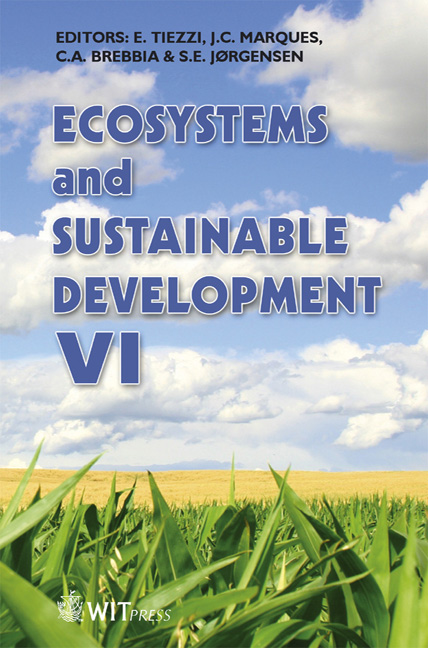Environmental Monitoring During Beach Nourishment Using Relict Sands (central Tyrrhenian Sea)
Price
Free (open access)
Transaction
Volume
106
Pages
8
Published
2007
Size
727 kb
Paper DOI
10.2495/ECO070041
Copyright
WIT Press
Author(s)
D. Paganelli, P. La Valle, M. Gabellini, L. Lattanzi, B. La Porta, A. Pazzini, M. Targusi & L. Nicoletti
Abstract
This paper aims to underline the importance of monitoring studies during the execution of activities, like beach nourishment using relict sands, that plan the use of innovative technology. In fact, environmental monitoring studies allow prompt intervention in the case of unexpected events or interference factors. Potential negative repercussions on the marine environment could not be estimated through characterization studies carried out ante operam. This paper reports the monitoring study carried out for beach nourishment along the South Latium coasts (Tyrrhenian sea). In this area Posidonia oceanica meadows are present. In this context, a detailed and updated cartography and the knowledge of the P. oceanica beds distribution (a \“priority habitat” in the UE Habitats Directive) allowed prompt identification of potential effects on the seagrass caused by specific technical procedures of the beach nourishment, not well-known in the planning phase of the project. Keywords: environmental monitoring, beach nourishment, Tyrrhenian sea. 1 Introduction Among the different experimented technologies to control coastal erosion, beach nourishment with relict sands is considered a useful method to protect beaches, often preferable to the coastal defence structures (seawalls, groynes, emerged breakwaters) [1–3]. Nowadays, marine sand deposits exploitation is a very common technology both in Europe and in the rest of the world. The first documented beach nourishment project took place in USA during 1922-1923 at Coney Island,
Keywords
environmental monitoring, beach nourishment, Tyrrhenian sea.





